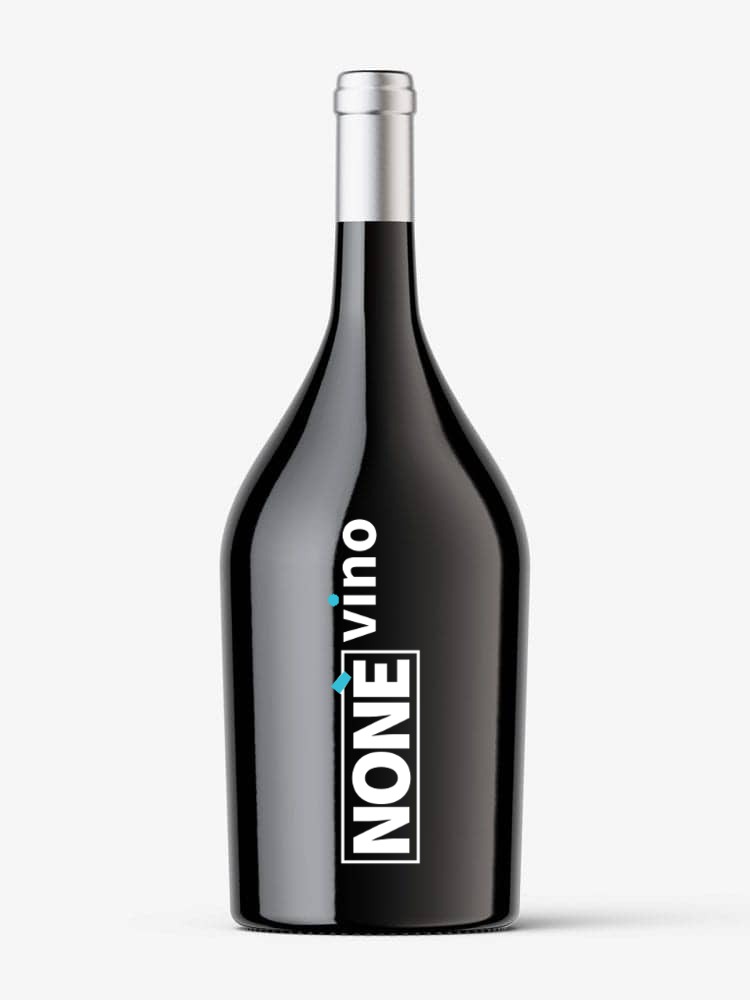The geographical area dedicated to the production of the Etna DOC wine extends on the slopes of the Etna volcano of the same name, in an area that is adequately ventilated, bright and favorable to the fulfillment of all the vegetative-productive functions of the vineyards.
The Etna DOC Wine Production Area is located in:
– province of Catania and includes the territory of the municipalities of Biancavilia, S. Maria di Licodia, Paternò, Belpasso, Nicolosi, Pedara, Trecastagni, Viagrande, Aci S. Antonio, Acireale, S. Venerina, Giarre, Mascali, Zafferana, Milo, S. Alfio, Piedimonte, Linguaglossa, Castiglione and Randazzo.
The Production Area of the Etna Bianco Superiore DOC Wine is located in:
– province of Catania and includes the territory of the municipality of Milo.
During the vinification phases, only loyal and constant oenological practices of the area are allowed, suitable to give the wines their particular quality characteristics.
The oenological practices of winemaking of the Etna DOC Wine provide, among other things, that:
– The maximum yield of grapes into DOC Etna wine must not exceed 70%; if these parameters are exceeded within the limit of 5%, the excess will not be entitled to the DOC. Beyond these limits the right to DOC for the whole product lapses.
– The DOC Etna Rosato wine must be obtained with the “rosé” vinification of black grapes or with the vinification of a cluster of black and white grapes, also mashed separately.
– The DOC Etna Spumante Rosato wine must be obtained with the “rosé” vinification of black grapes or with the vinification of a cluster of black and white grapes, also mashed separately. The DOC Etna Spumante Bianco wine must be obtained with the “white” vinification of black grapes.
– The DOC Etna Spumante wines must be elaborated with the Classic Method, or by refermentation in the bottle with permanence in the lees for at least 18 months.
The DOC Etna wine with the mention Riserva must be aged for at least 48 months, of which at least 12 in wooden barrels.
– On the labels of each type of Etna DOC wine it is compulsory to report the year of production of the grapes with the exception of non-vintage sparkling wines.
The province of Catania and the Etna villages are the land of the oldest Sicilian agricultural civilization; the first testimonies of agricultural communities refer to the Neolithic. This part of eastern Sicily was the first to be colonized by the Greeks (729 BC) and in the eighth century. BC already knew wine and perhaps also the vine. In the fifth century. BC this area was heavily planted, as evidenced by some mountains of the time that have come down to us.
In the third century. AC Theocritus speaks of the great diffusion of the vineyard on the slopes of Etna; subsequently viticulture had a period of decline, and then recovered from the thirteenth century. DC onwards. In the 16th century Fazello praised the wines produced at the foot of Etna and in the 18th century Arnolfini spoke of the wine of Mascali, which was exported to Malta.
In 1848, almost 26,000 hectares of vineyards were cultivated. In 1869 G. Gregorio mentions the renowned wines of the County of Mascali (XVIII-XIX century), an ancient territory on the slopes of Etna, located between the current Giarre and Mascali and those of the upper area of the foothills of Etna.
Between 1880 and 1885 Catania was the Sicilian province with the most vineyards with over 90,000 hectares of vineyards; but the phylloxera invasion in the early 1900s caused a serious crisis in viticulture; the hectares of vineyards dropped to about 40,000 hectares.
The reduction of the vineyard area over the years is due to the frequent eruptions of Etna and the objective difficulties of a difficult viticulture, so-called “heroic”, where the vineyards are largely terraced due to the steep slopes and where the cultivation operations are difficult to mechanize and, therefore, involve very high costs. But, despite these “difficulties”, Etna viticulture over the centuries has always maintained a very important role of cultivation for the territory, with the production of high quality wines up to today.
Recent history is characterized by a positive evolution of the denomination, with the planting of new vineyards, the birth of new companies, the professionalism of the operators who have contributed to increasing the quality level and the fame of the DOC “Etna”, as evidenced by the national and international recognition of the “Etna” DOC wines produced by the companies in the geographical area of reference. It was the first Sicilian DOC to be recognized and one of the oldest in Italy. The disciplinary has been modified, with the introduction of the sparkling wine type, in the white and rosé version, and of the red reserve.
The Etna DOC wine obtained the recognition of the Controlled Designation of Origin on 11 August 1968.






